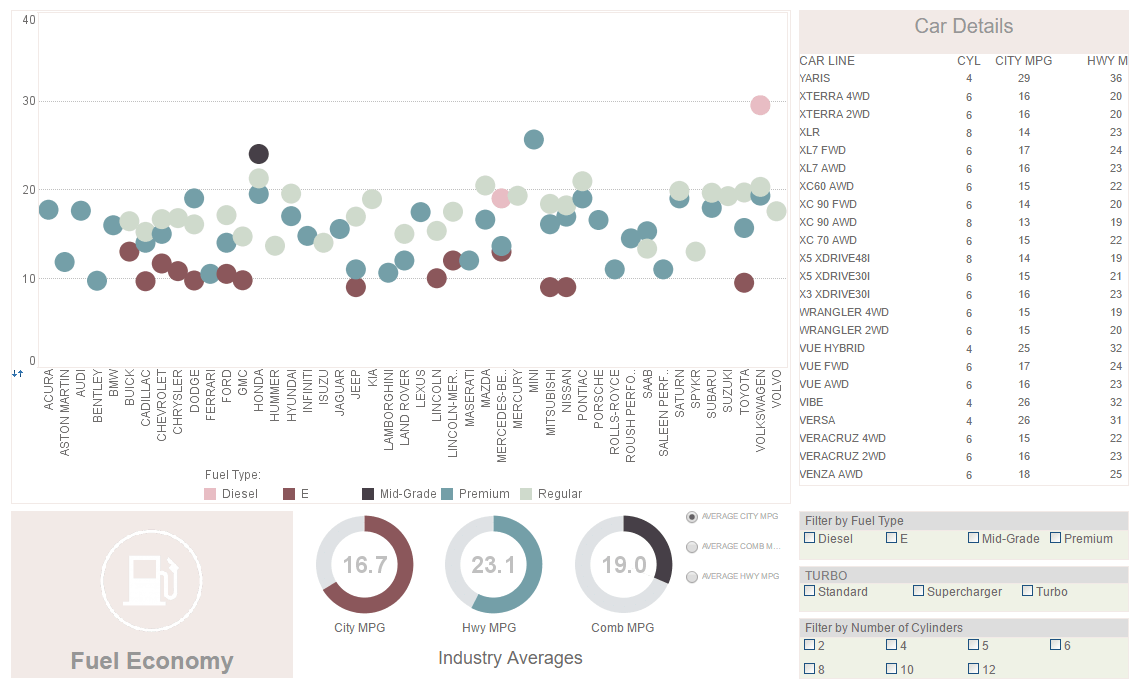Data Discovery Software Needs to Be Independent of the Data Sources
This is the continuation of the transcript of a Webinar hosted by InetSoft on the topic of "Why You Need Data Discovery Software." The speaker is Abhishek Gupta, product manager at InetSoft.
I think also the data discovery tools need to be independent of the data sources. There might be third party data sources such as commercial information, demographics, customer behavior. We’re definitely already in an age of data services where organizations would go outside to just find data sources that they you know can draw insights from, and they need the tools that they can do that.
Let’s move to the next point, and this one was about expanding spatial data and unstructured content. So again we’re looking at lot of the less traditional sources at least from a relational perspective. Expand the types of data that users can access and analyze. Push up the limits on insights. It changes what kinds of decisions can be made with information.
So less decision-making should be done just with gut feel and more based on the data. People managing processes should have more interaction involving many types of information. I think as we look at those kinds of decisions and operations and departmental circumstances, that involves many types of information, not just what traditional BI has provided.
Spatial and geographical data are growing in importance and pervasiveness, which we’ll talk about. Add spatial data to the mix.
| #1 Ranking: Read how InetSoft was rated #1 for user adoption in G2's user survey-based index | Read More |
How Do They Optimize That Data Access?
Users do not need to know that can use SQL to access it. How do they optimize that data access and performance in order to improve data visualization and discovery? There a lot of interesting questions there we probably won’t be able to get to all of today maybe.
You may have heard this statement that everything that happens, happens somewhere right? So there is generally a location component to just about every single thing that we do. Whether it’s purchases or the supply chain, it doesn’t really matter. Something happens somewhere. So if you can incorporate the where component into your BI process, you’re going find as that you’re going to begin to derive all kinds of views and interesting types of information, things that you never anticipated you’d ever see.
For some of the most popular BI mapping that exists out there in the public facing world, there is Google maps. It’s just one of the most popular API’s that are out there, and people are finding ways to embed and include spatial information from their companies information systems in interactive charts.
People like four square. You see companies are beginning to understand the need for incorporating social aspects of customer behavior and position information. This is becoming key to this process optimization process. If you can tie those two ends together, you’re going to derive new information. And another thing we’ve seen is how we’re moving to an age and world and the spatial data is being removed from the black dark rooms of IT or a development organization.
 |
View a 2-minute demonstration of InetSoft's easy, agile, and robust BI software. |
New Geographic Information Systems
It’s the traditional GIS, geospatial information systems. New geographic information systems are not what they used to be because people under context understand where. They try more than they used to incorporate that data into their processes so that it will eventually create some new and tremendous value opportunity.
There’s no doubt. I have been around maps for a long time. I think it’s great information that has been locked in a basement with specialists and developers and even developers and specialists can’t get an answer quickly about the geographic component.
Our view is a map or a geographic analysis is just another type of analysis. It should not be any harder to create a map than it is to create to a bar chart or a crosstab. I think that’s really the key to unlocking the where patterns and the where questions. It’s just got to be another type of analysis. It can’t be a specialist skill. It can’t require knowing SQL.
I need to know how to access a geographic map option. It needs to be something that is fast and easy to be able to answer those kinds of where questions. We have customer in the Pacific Northwest who, in fact, is bringing this together, spatial data with unstructured content, and is able to rapidly discover trends. They use semantic analysis to see where issues are occurring with respect to their projects for the Department of Homeland Security.
They just can’t go to the trouble of having maps created by specialist. It just needs to be part of their everyday analytics. And I think that’s a really important point about spatial data and using spatial information. It just has to be another capability I have as an ordinary user to get questions answered.
| Previous: Good Data Mining Tool |


